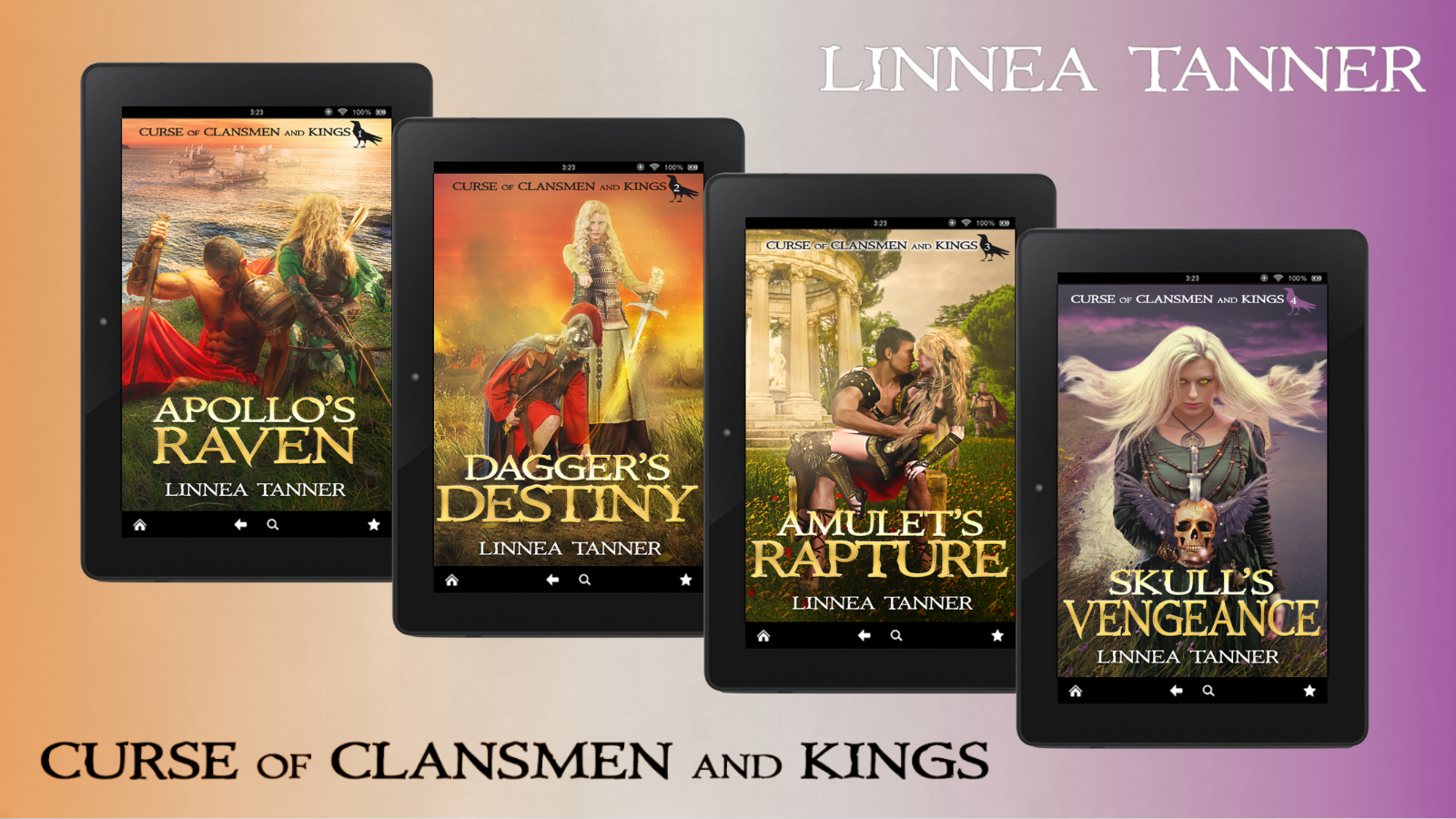
28 Mar GOLDEN AGE OF CELTS #Celt #CelticHistory #CelticWarrior #LeTenePeriod #CelticFeast
The whole race [Celts] is made for war. High-spirited and quick to battle.
— Strabo, Greek Historian
GOLDEN AGE OF CELTS
Below is an article on the Golden Age of the Celts that I previously posted in 2014. It is my goal to post weekly on Tuesday regarding historical research I’ve done in support of my historical fantasy series, Curse of Clansmen and Kings.
Status-Building in Battle
During the Golden Age of the Celts (Le Tène Period), cattle thievery, slave raiding, and vendettas between clans and tribes formed the basis of low-intensity warfare that permeated the Celtic society. Such conflicts were a starting point for a young warrior to demonstrate his bravery and skills in weapon handling. In a society that took personal courage for granted, something more was required to establish a reputation.
One way was to serve as a mercenary in many of the various armies during the classical period. Renowned Celtic mercenaries served Hannibal during his invasion of Italy in the Second Punic War. The Celtic invasion helped establish Rome’s image of Celts as fierce warriors. They also fought in Greek armies and successor kingdoms following the break-up of Alexander’s empire in Egypt.
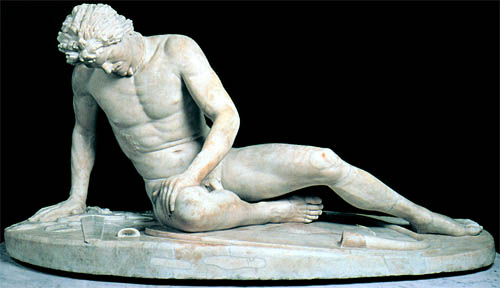
Statue of Dying Celtic Warrior
A distinct group of Celtic mercenaries called the Gaesatae joined the Cisalpine Gauls in the battle of Telemon against the Romans. These mercenaries were outside the normal social structure of the clan and tribes. The Celtic word geissi—bonds, taboos, or sacred rule of conduct—suggests these warriors had a strong spiritual aspect to their life, which will be further examined in later posts. It was the custom of Gaesatae to fight naked in battle as a ritual act.
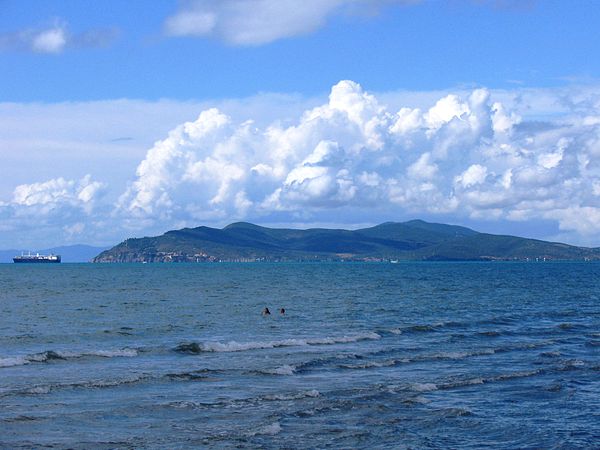
Location of Battle of Telemon
Clearly, many Celts looked for fame and a future in the lucrative Mediterranean world with the hope of returning home with their reputations established. Mercenary service also removed young warriors from the tribe when their drive to achieve high status was at its most intense. Control of imported goods, especially gold coins and Italian wine, also guaranteed a large following.
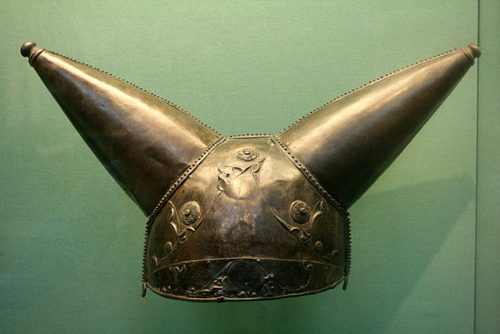
Celtic Horned Helmet Found at River Thames Date 150-50 BC
Potlach
Trade with the nations near the Mediterranean Sea had a significant impact on Celtic society. Nobles rewarded warriors and other clients with foreign luxuries, the value of which was measured by the influence it could command by giving it away. This method of redistributing prestigious items to increase status is called a potlatch.
The 1st Century BC Greek historian, Poseidonius, writes that Lovernius, a Celtic noble who attempted to win popular support by driving his chariot across his territory and distributing gold and silver to those who followed him. Moreover, a noble set up separate enclosures one and one-half miles on each side. He filled vats with expensive liquor and prepared food for all who wished to feast—an important social gathering that was not unlike today’s celebrations. The feasts were usually wild and drunken, but strict ritual rules were obeyed.
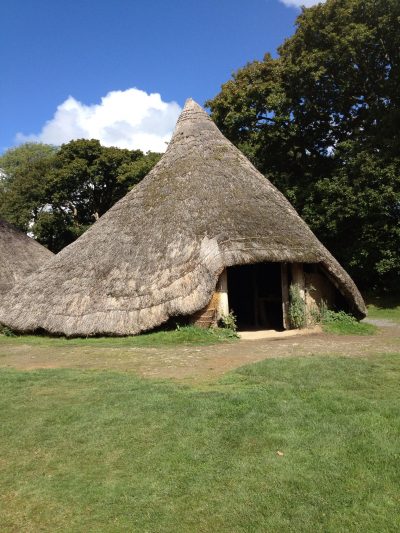
Celtic Roundhouse for Assembly
Wild Celtic Feasts
Strict ceremonial rules were observed for seating participants according to rank and prowess. Poseidonius describes the arrangement as follows:
“…they sit in a circle with the most influential man in the center, whether he is the greatest in warlike skill, was the nobility of family or wealth. Beside him sat the host, and on either side of them were others in order of distinction. Their shield bearers stood behind them while the spearmen were seated on the opposite end. All feasted in common with their lords.”
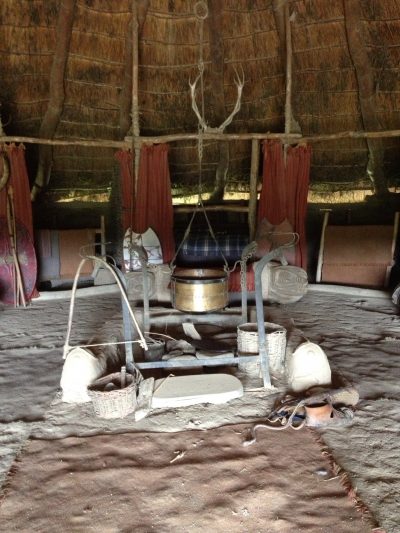
Central Hearth in Celtic Roundhouse
Also in attendance were bards who sang praises of their patrons’ lineage, bravery, and wealth. Their songs could praise and satirize their patron, thus encouraging nobles and warriors to be even more generous during the feast. Strangers could also share the meal before they were asked their name and business.
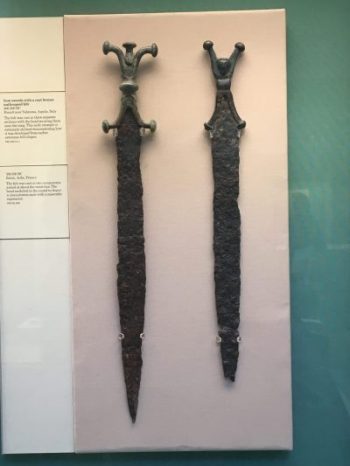
Celtic Swords Displayed at British Museum
Everyone had a piece of meat according to their status. Traditionally, the greatest warrior had the choicest cut, consisting of the thigh. When the hindquarters were served, another warrior could claim it and fight in single combat to the death against the champion to elevate his status. Others sought to reinforce their status through mock battle engagement that might escalate into more serious violence, possibly death. Poseidonius writes:
“The Celts engage in single combat at dinner. Assembling in arms, they engage in mock battle drills and mutual thrust and parry. Sometimes wounds were inflicted, and the irritation caused by this may even lead to the killing of the opponent unless they were held back by their friends.”
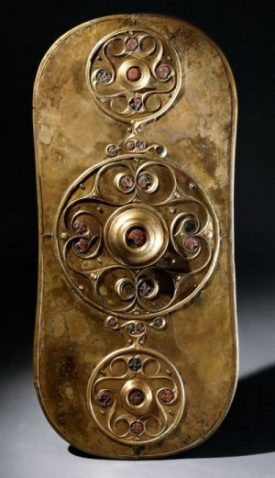
Celtic Shield Retrieved from Thames River
Conclusions
According to Caesar, the bravery of the Celts sprang from their lack of fear of death. This was because the Celtic believed the soul does not die. The classical authors, Caesar, Lucan, and Diodorus Siculus, in particular, emphasized the Celtic belief in metempsychosis. At death, the soul passes from one body to another in reincarnation. This belief may, in part, explains why Celts felt it was important to establish their status in preparation for the journey to the Otherworld.
Not only did Celtic men fight bravely in battle, but historical accounts and mythology provide evidence that women held equal standing to men and often fought in battles and served as military and spiritual leaders. Additional details will be discussed in future posts.
References:
John Davies, The Celts: Prehistory to Present Day; 2005. United States: Sterling Publishing Co., New York.
Stephen Allen, Celtic Warrior: 300 BC-AD 100; 2001. Osprey Publishing LTD., Westminster, MD, USA.
Julius Caesar, translated by F. P. Long, 2005. The Conquest of Gaul; United States: Barnes & Noble, Inc.
©Copyright February 25, 2014, by Linnea Tanner. ALL RIGHTS RESERVED.


Roberta Eaton Cheadle
Posted at 06:01h, 02 AprilThis is very interesting, Linda. I recall some of these concepts from your book. Fighting naked is an unusual idea. It leaves you very exposed.
Roberta Eaton Cheadle
Posted at 06:03h, 02 AprilLinnea- predictive text 🙄
Linnea Tanner
Posted at 11:54h, 02 AprilHi Robbie–Your comment about leaving me very exposed made me chuckle. When I told my husband that I had read the Celtic Gaesatae fought naked, he didn’t believe it. According to the historian, Polybius, the Gaesatae fought naked to display their confidence. Further, they thought it would be more efficient to fight because the brambles would catch in their clothes and impede the use of their weapons. I do base a lot of my ideas on history and mythology, but there are instances when I expand on an idea to make it unique. Thank you for commenting.
Luciana
Posted at 00:15h, 10 AprilIt was great to re-read your article on the Celts. Fascinating history, love it.
Linnea Tanner
Posted at 12:06h, 12 AprilHi Luciana–Thank you for dropping in and commenting about the Celts. It is an ancient warrior society in which its culture and mythology fascinate me. Have a fantastic week!